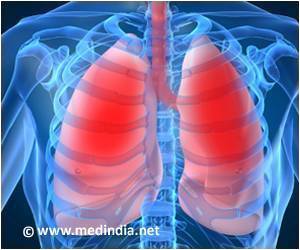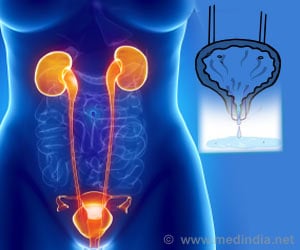Readmission rates after complex cancer operations tend to be higher in hospitals that are considered to be vulnerable because they serve as safety nets.

‘Clinical quality improvement efforts as well as federal payment policies have sought to reduce hospital readmissions to improve the quality of patient care and decrease Medicare program spending.’





Clinical quality improvement efforts as well as federal payment policies have sought to reduce hospital readmissions to improve the quality of patient care and decrease Medicare program spending. A review of Medicare claims by the Medicare Payment Advisory Commission (MedPAC) in 2005 found that 5 to 79 percent of readmissions could potentially have been prevented and saved $12 billion in Medicare spending. Findings such as these led to creation of the Medicare Hospital Readmissions Reduction Program (HRRP) in the Affordable Care Act, which penalizes hospitals that have higher than expected readmission rates. HRRP currently covers four common medical conditions--pneumonia, heart failure, acute myocardial infarction, and chronic obstructive pulmonary disease (COPD), along with two joint replacement operations (knee and hip). The program will expand in 2017 and begin including coronary artery bypass grafting (CABG) procedures.
While the American College of Surgeons has publicly recognized that high readmission rates may reflect lower quality care and lead to unnecessary spending, ACS has emphasized that readmissions may be related to many factors, including the complexity of the medical condition as well as patients' socioeconomic status and compliance. ACS has urged HRRP to take such factors into consideration so hospitals are not penalized because of factors that are beyond their control.
In the present study, researchers found that patient factors were primary drivers of higher readmission rates to vulnerable hospitals after cancer operations. These results further support the need for incorporating socioeconomic variables into the determination of HRRP payments especially for hospitals that already serve a disproportionate number of disadvantaged patients.
"Patient conditions and hospital infrastructure make vulnerable hospitals prone to higher readmissions from the outset. Policymakers need to be aware of the drivers that lead to higher readmissions at these hospitals so payment penalties do not push financially strained hospitals into further hardship," said Young Hong, MD, lead study investigator, MedStar-Georgetown Surgical Outcomes Research Center and Georgetown University Medical Center, Washington, D.C.
Advertisement
The 30-day readmission rates were 14 percent for safety net hospitals, 13 percent for high Medicaid hospitals, and 14 percent for safety net and high Medicaid institutions. Ninety-day readmission rates were 20 percent for safety net hospitals, 22 percent for high Medicaid hospitals, and 21 percent for high Medicaid and safety net hospitals. In contrast, the readmission rates for non-vulnerable hospitals were 11 percent at 30 days and 17 percent at 90 days.
Advertisement
The proportion of Hispanic patients was much higher (41 percent) at high Medicaid hospitals than at safety net (24 percent) or high Medicaid and safety net institutions (25 percent). High Medicaid and safety net institutions had a higher percentage of Medicaid patients (41 percent) than either of the other categories of vulnerable hospitals (27 percent for safety net hospitals and 24 percent for high Medicaid hospitals).
The vast majority of safety net and high Medicaid plus safety net institutions were teaching centers (85 percent and 100 percent, respectively), while 47 percent of high Medicaid hospitals had teaching programs. "This study showed that the reasons behind higher readmissions may depend on the type of vulnerable hospital, given their varying patient populations and hospital characteristics," said Chaoyi Zheng, MS, statistician for the study group.
Findings from this study reinforce ACS's position that measures for determining financial penalties associated with hospital readmissions should focus on patient subgroups and socioeconomic factors. "Different hospitals have different patient mixes, and if that is not factored in, HRRP reductions in payment may further marginalize financially vulnerable hospitals," said corresponding study author Waddah B. Al-Refaie, MD, FACS, chief of surgical oncology, MedStar Georgetown University Hospital.
Source-Eurekalert














